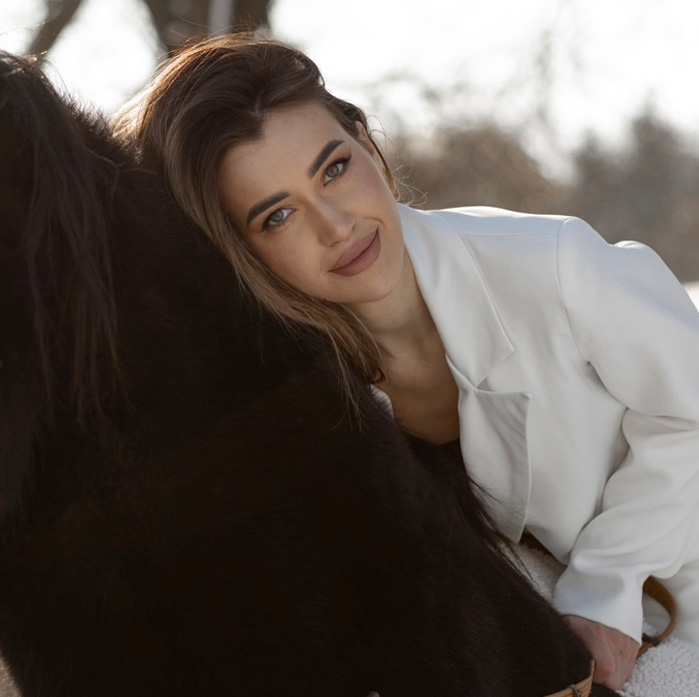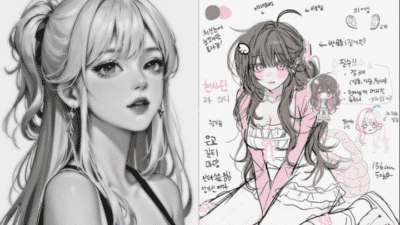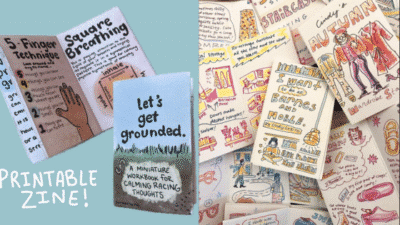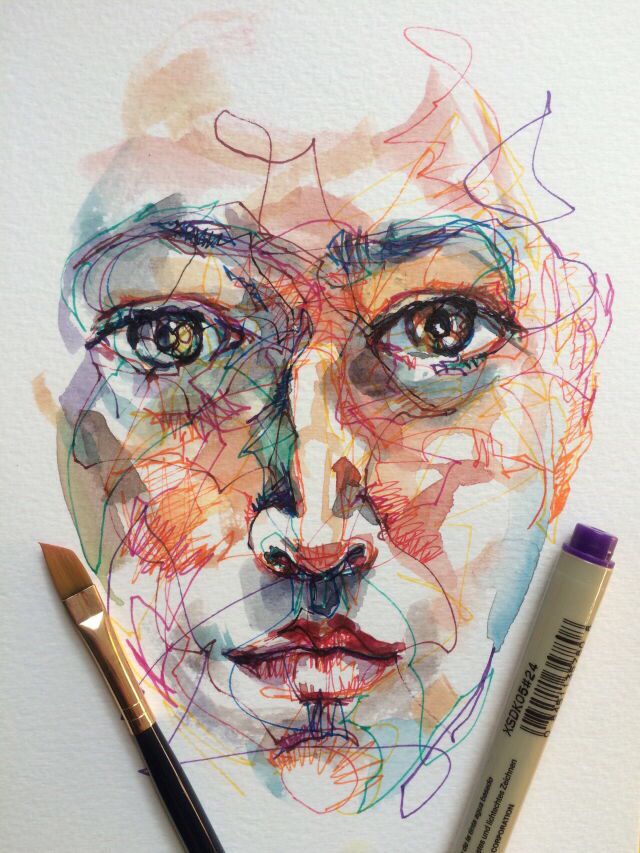
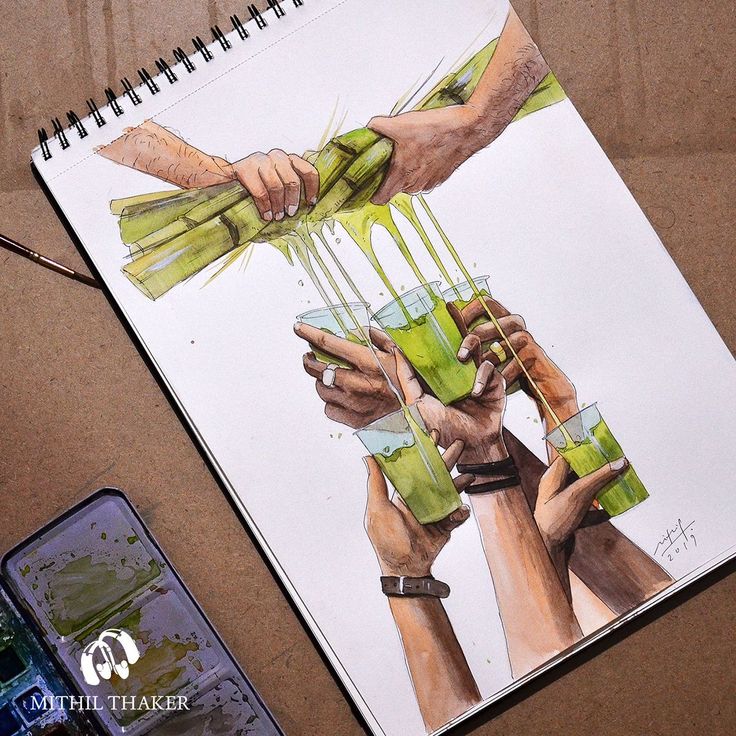
Drawing inspiration is the key to making art that feels alive and original. It comes from many sources like nature, everyday life, or even emotions. The best way to find drawing inspiration is to stay curious and observe the world around you closely.
Artists often develop habits to keep their creativity flowing. They collect ideas, try new methods, and sometimes use digital tools to help spark new thoughts. This process helps them overcome blocks and keep making art over time.
Finding inspiration is not about waiting for a sudden idea but about actively seeking what excites the mind. This helps artists build a unique style and continue growing.
Key Takeways
- Inspiration comes from careful observation of everyday life.
- Regular habits help maintain creative energy.
- Actively searching for ideas supports long-term artistic growth.
Understanding Drawing Inspirations
Drawing inspiration involves different ideas and feelings that artists use to create their work. These inspirations shape what they draw and how they express their thoughts visually. Understanding this process helps artists improve and find new ways to create.
Definition of Drawing Inspirations
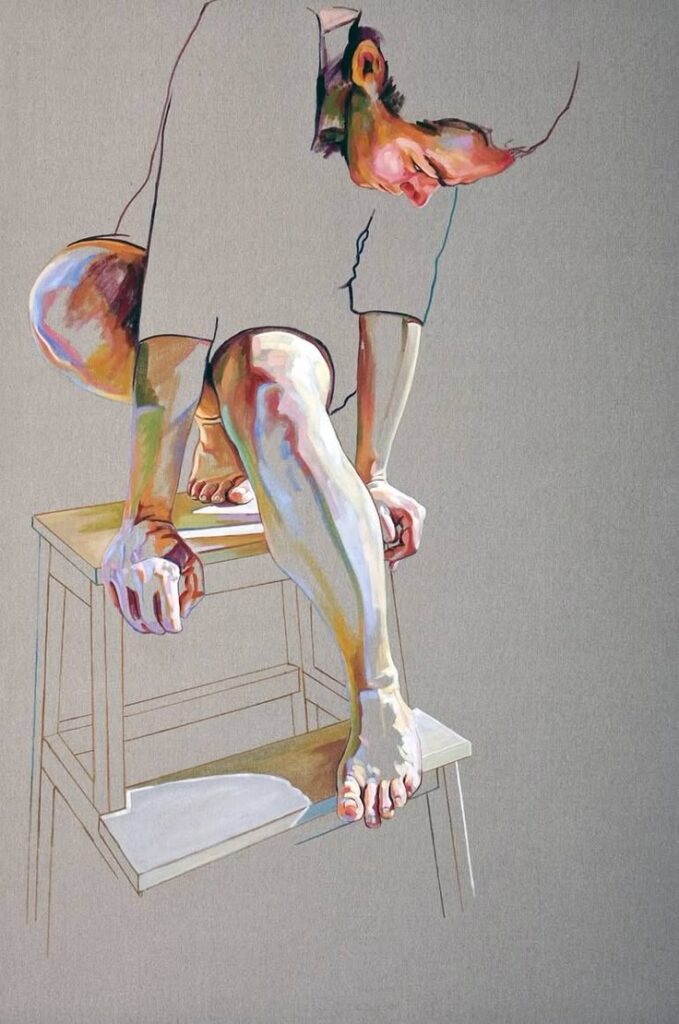
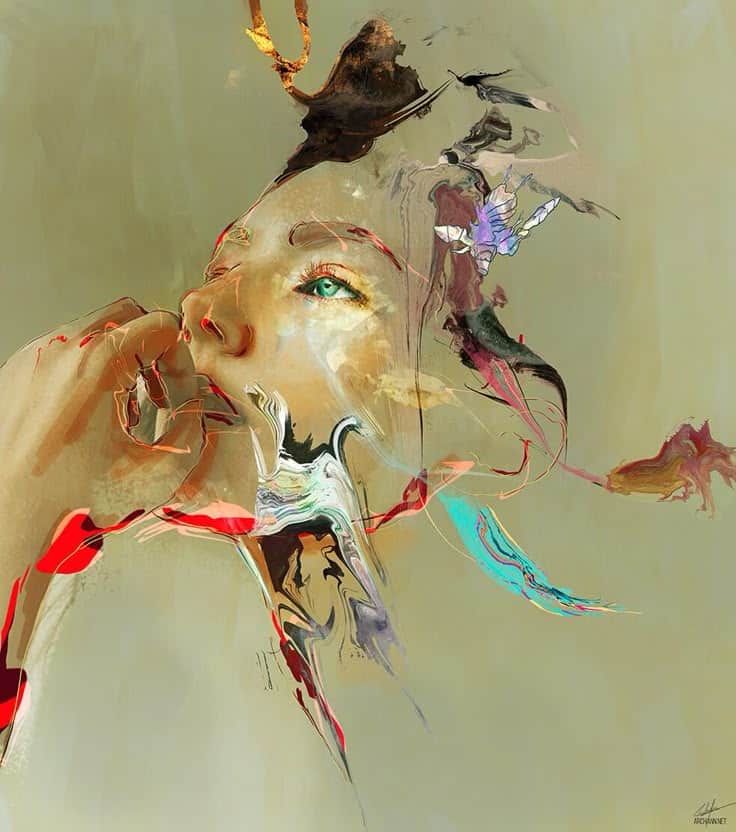
Drawing inspirations are the reasons or sparks that push an artist to start creating a piece. They can come from emotions, experiences, or things an artist notices around them. Inspiration helps give meaning to a drawing and influences its style and subject.
An artist might feel inspired by a memory or a strong emotion like happiness or sadness. Sometimes, just seeing a scene or object can trigger ideas. Inspiration is not always planned but often happens suddenly.
The Importance of Inspiration in Art


Inspiration is key to making art interesting and personal. Without it, drawings can feel empty or forced. Inspiration drives creativity, helping artists bring fresh and original ideas.
When an artist is inspired, they are more motivated to work and finish their pieces. Inspiration also helps artists explore new techniques and improve their skills over time. It makes the art more meaningful for both the artist and the viewer.
Common Sources of Artistic Inspiration
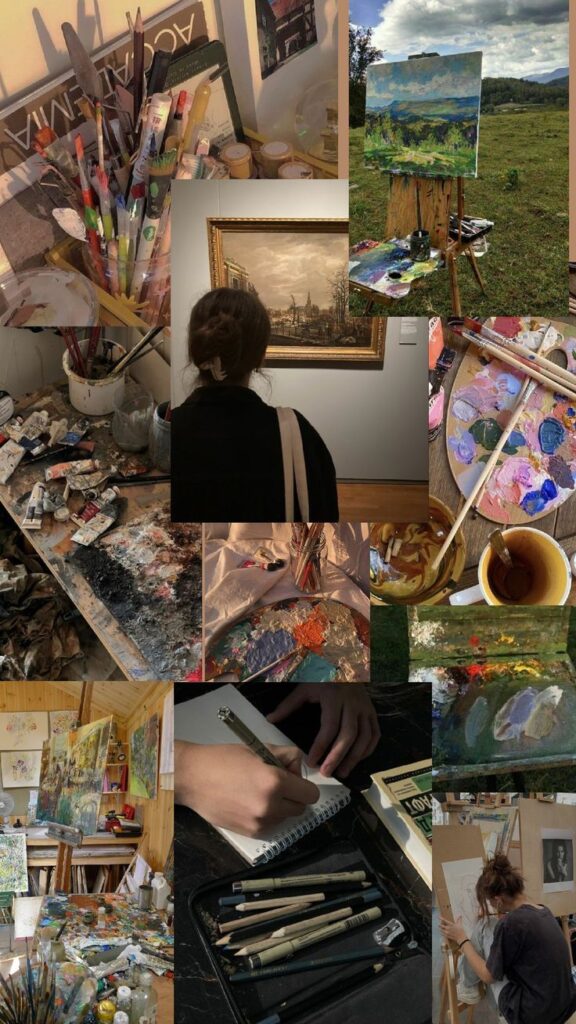
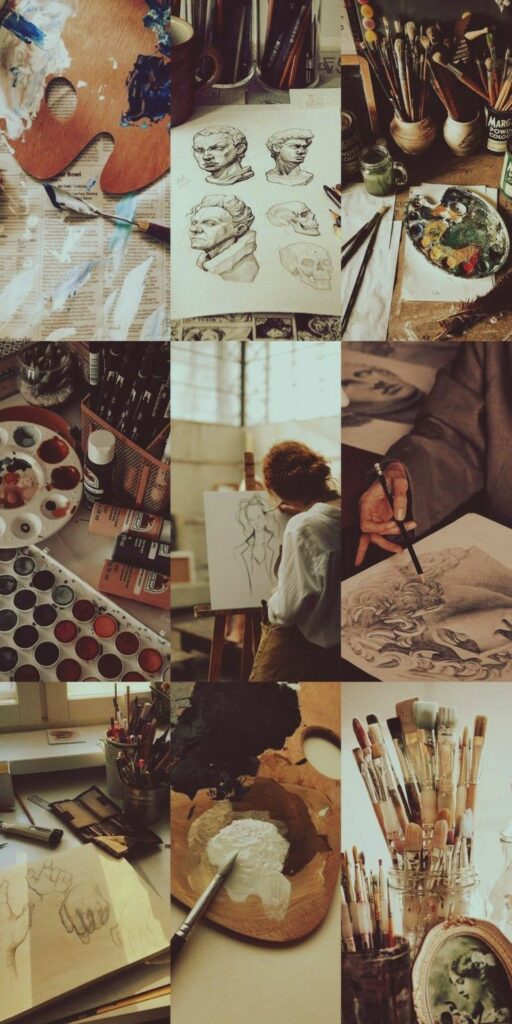
Artists find inspiration in many places. Some popular sources are:
- Nature: Trees, animals, weather, and natural landscapes.
- People: Friends, family, and strangers’ expressions and movements.
- Emotions: Feelings like joy, anger, or fear.
- Travel: New locations, cultures, and experiences.
- History and Stories: Myths, legends, and historical events.
- Everyday Objects: Simple items like cups, buildings, or tools.
Recognizing these sources helps artists keep their ideas fresh and varied. They often combine several sources to create unique artwork.
Methods to Find Drawing Inspirations
Drawing ideas often come from many different places. Some come from what people see outside, while others come from memories or history. Paying attention to these sources can help artists create more meaningful work.
Nature and the Environment

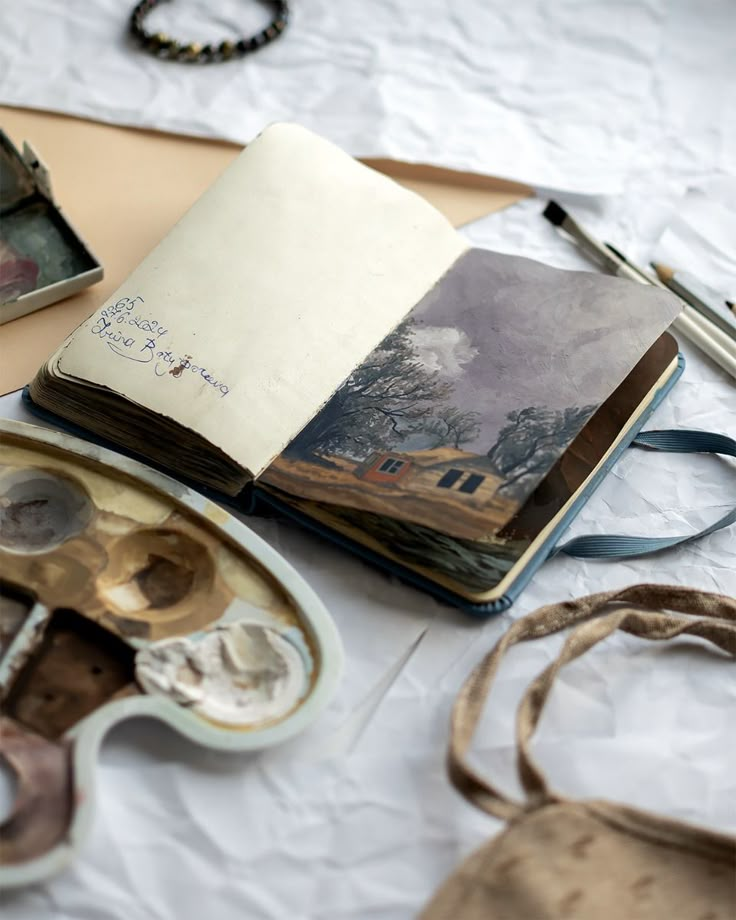
Nature offers a rich source of inspiration for drawing. Artists often observe plants, animals, and landscapes to find shapes, colors, and textures. These natural elements provide a variety of patterns and forms that can spark creativity.
It helps to go outside and carefully look at how light hits a leaf or the way clouds form. Sketching outdoors or taking photos can capture details to use later. The environment also encourages experimenting with different moods, like calm sunsets or stormy skies.
Personal Experiences

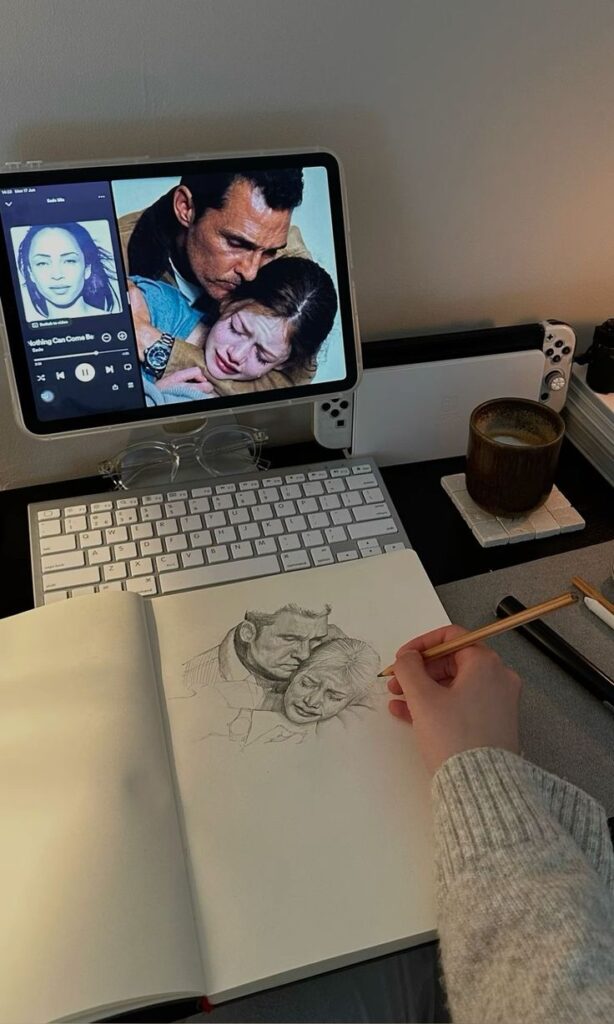
Personal experiences connect deeply with creativity. Artists can draw inspiration from memories, emotions, or important events in their lives. This makes the work more personal and authentic.
Journals, old photos, or objects that hold special meaning serve as reminders. Reflecting on feelings connected to these items can guide what to draw. This method helps make art that tells a story or expresses an important message.
Cultural and Historical References
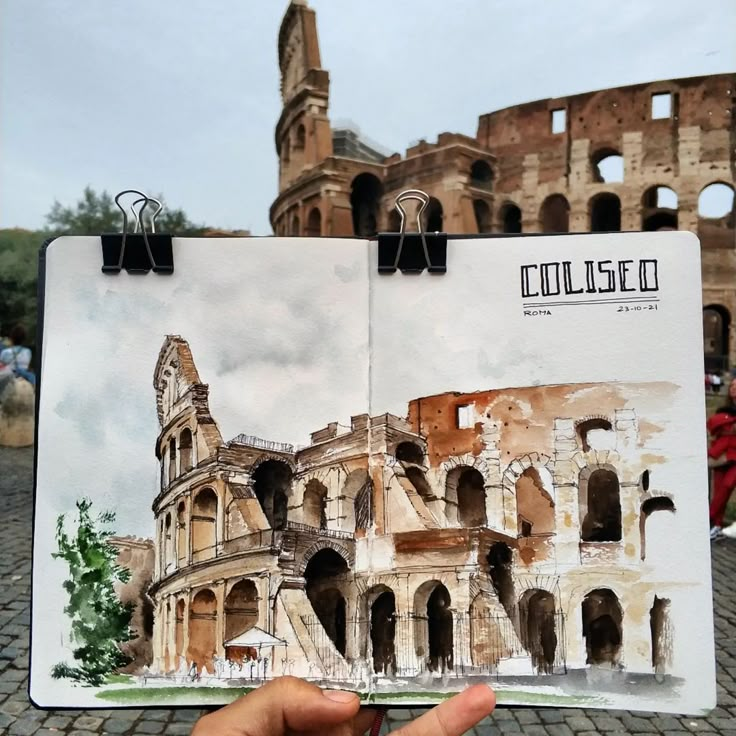
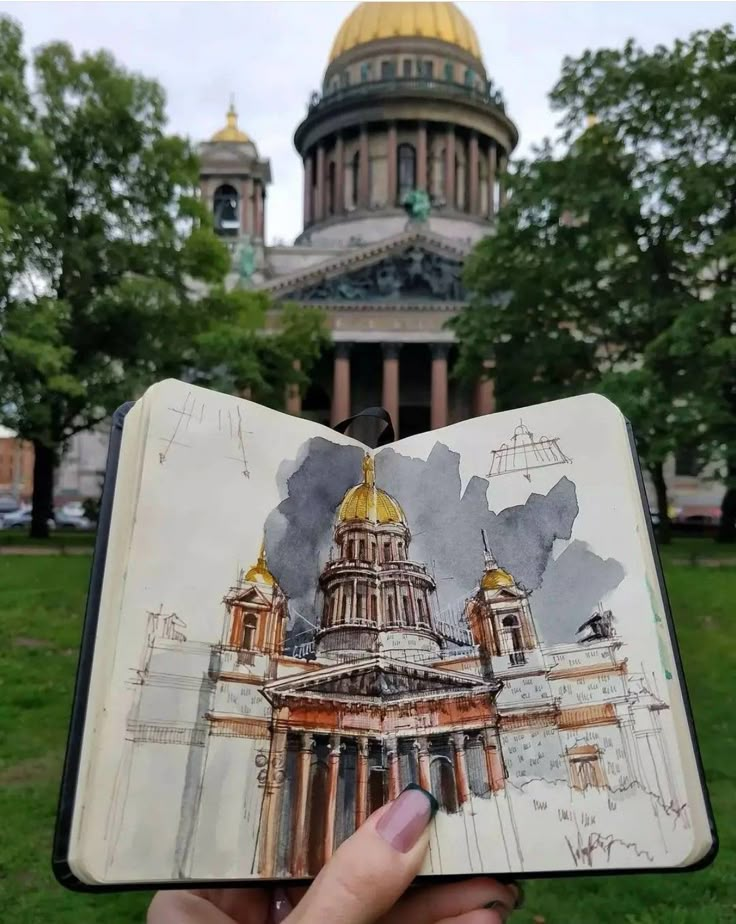
Culture and history provide rich material for artistic ideas. Learning about traditions, symbols, and historical events can inspire unique drawings. This allows artists to connect with a wider world beyond their own experience.
Researching art styles from different cultures or time periods can reveal new techniques or themes. Adding cultural symbols or historical settings makes drawings more meaningful. This approach helps artists create work that respects or questions the past.
Observing Daily Life
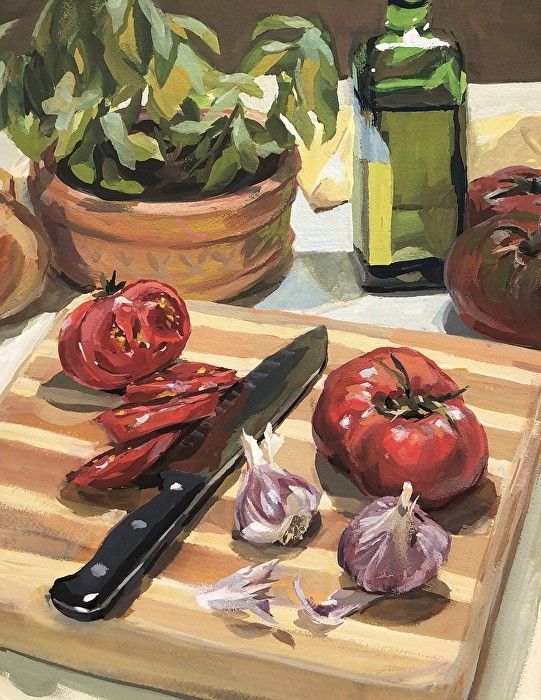
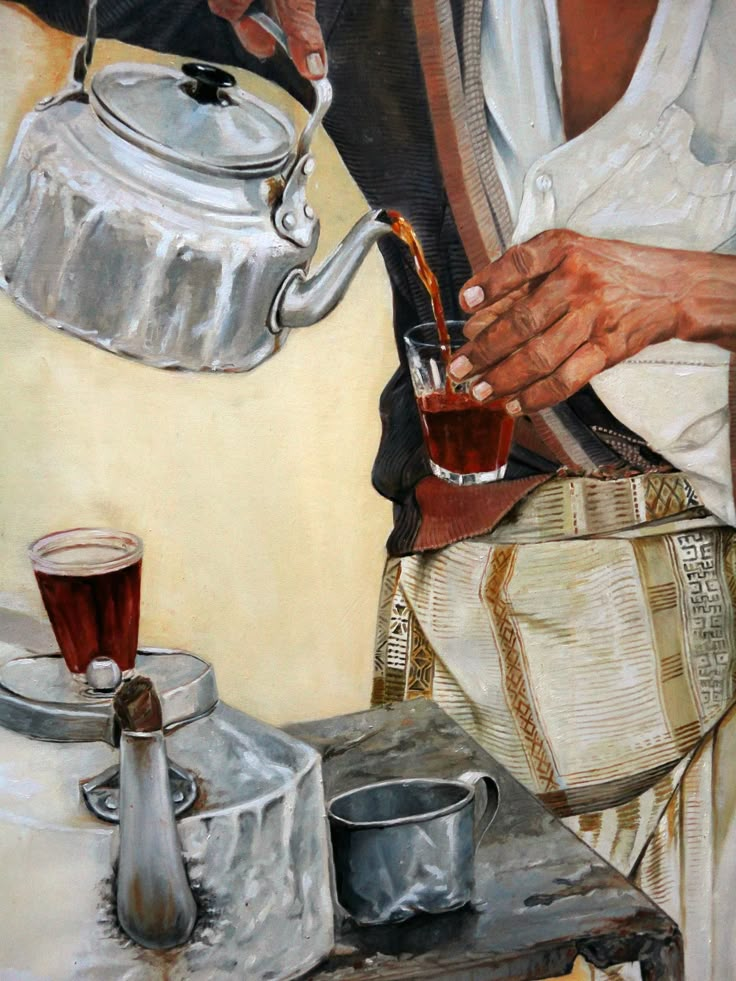
Ordinary moments often contain unexpected inspiration. Watching people, activities, or urban scenes can lead to interesting subjects. Everyday life provides a constant flow of ideas.
Taking time to notice small details, like a pattern on a shirt or an unusual gesture, adds depth. Sketchbooks are useful to quickly capture these observations. This method helps artists develop their skills while finding realistic and relatable drawing topics.
Techniques to Spark Creativity
Creativity can be boosted by organizing ideas visually, working with others, and trying new materials. These methods help unlock fresh thoughts and keep the creative process active.
Mind Mapping Ideas
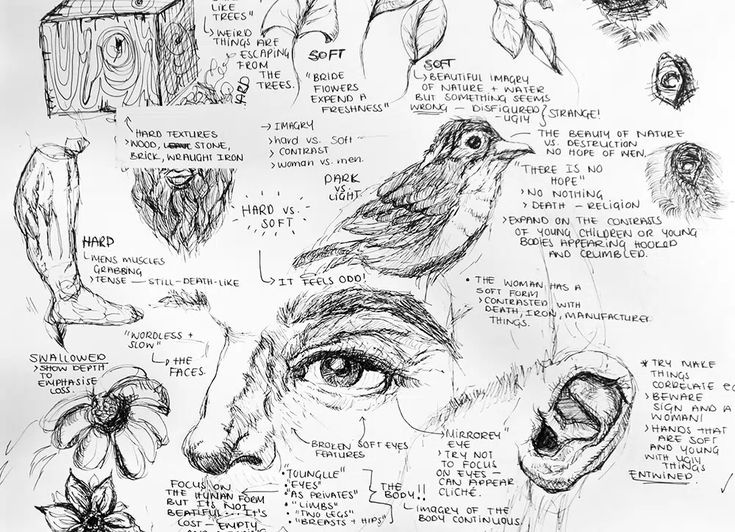
Mind mapping helps organize thoughts by connecting related ideas around a central theme. It allows artists to see the relationship between concepts and discover new paths to explore.
To start, write a main idea in the center of a page. Then, draw branches outward with related words, images, or phrases. This creates a visual map of possible directions.
Using colors and symbols can make the map clearer and stimulate more ideas. Mind maps also help break down complex subjects, making them easier to handle.
Collaborative Art Projects
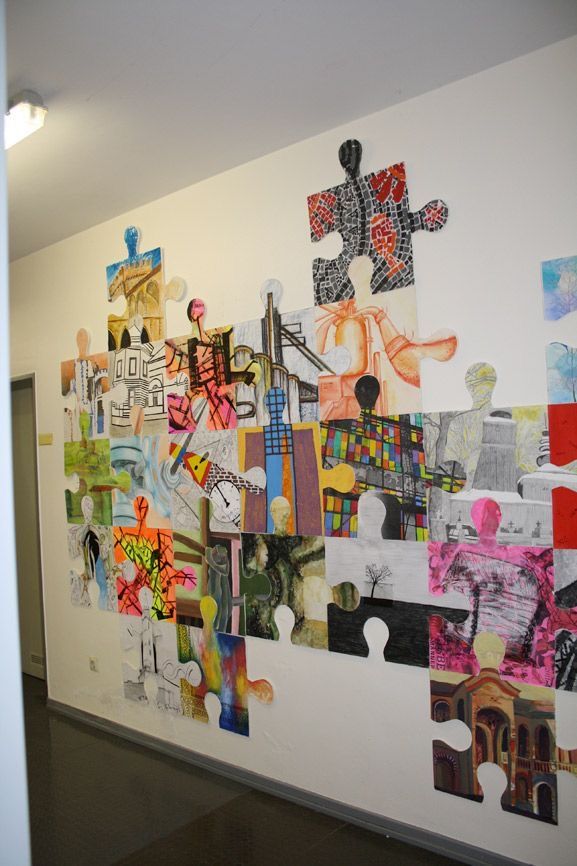
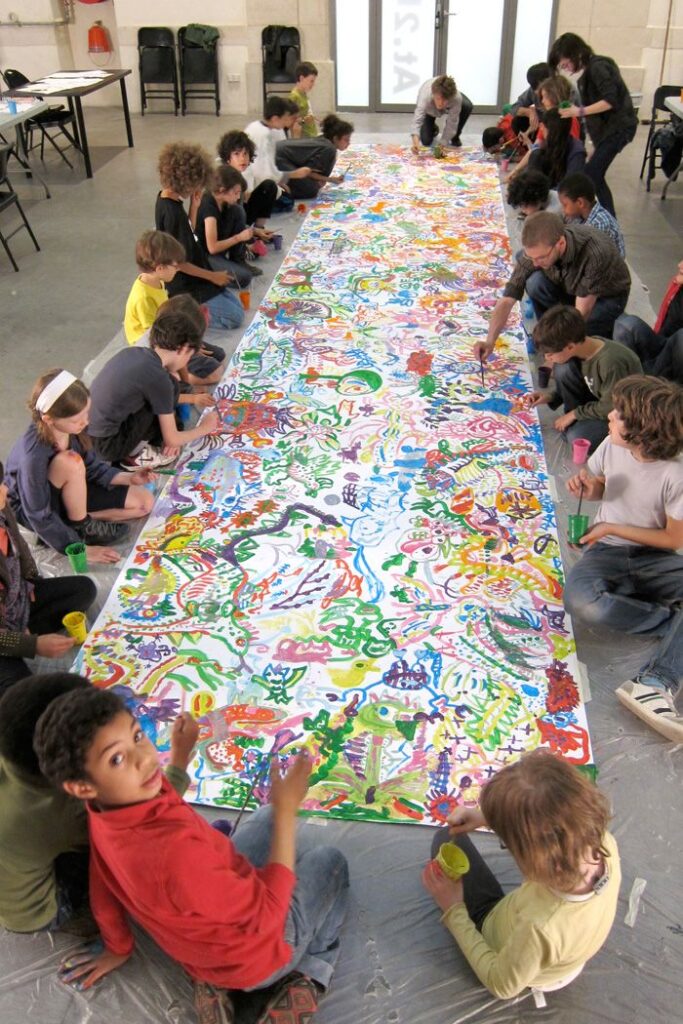
Working with others introduces different viewpoints and skills. Collaboration often leads to unexpected results and new inspiration.
Groups can share responsibilities, combining strengths for a richer final piece. This teamwork encourages communication and problem-solving.
It’s important to set clear goals and roles before starting. Respecting each participant’s style and ideas helps maintain a productive environment.
Exploring Different Art Mediums

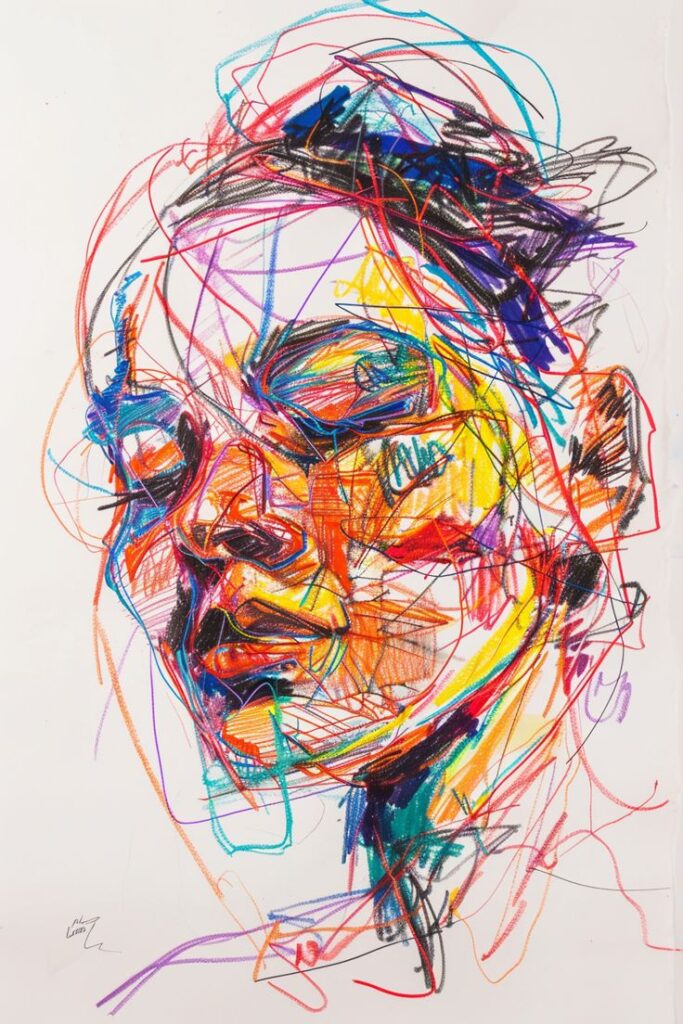
Trying new materials or techniques forces artists to adapt and think differently. This can lead to discovering unique effects and ideas.
For example, an artist used to pencil drawing might try watercolors or digital tools. Each medium encourages different skills and creativity.
Exploring diverse mediums also broadens artistic experience. It can make existing skills stronger by pushing boundaries and offering fresh challenges.
Digital Resources for Drawing Inspirations
Many tools online help artists find new ideas. These include places to share art, social sites focused on creativity, and challenges designed to push skills. Using these resources can boost creativity and provide fresh perspectives.
Art Platforms and Online Communities
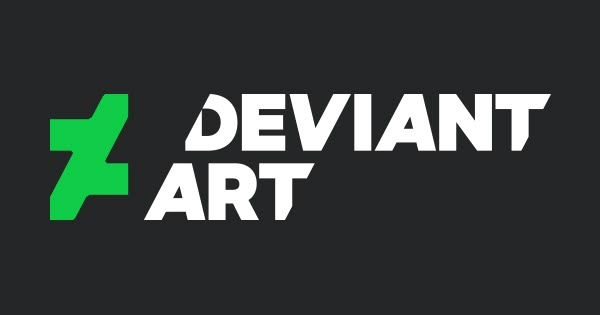
Art platforms like DeviantArt, ArtStation, and Behance offer vast galleries where artists share work across many styles. Users can browse categories, follow favorite artists, and join groups focused on specific interests.
These sites also provide feedback options through comments and likes, helping artists understand what resonates with viewers. Some platforms offer tutorials and articles to improve technique.
Online communities encourage collaboration and sharing. Active participation can inspire new projects and provide connections with other artists worldwide.
Using Social Media for Art Ideas
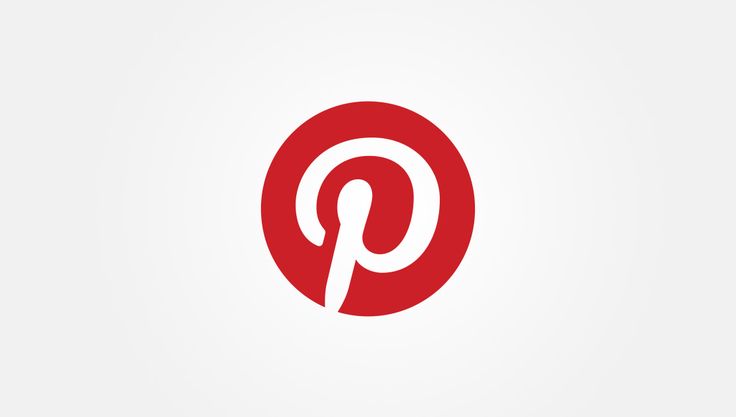
Social media like Instagram, Pinterest, and TikTok host millions of creative posts daily. Artists use hashtags to find specific themes, such as #landscapedrawing or #characterdesign.
Pinterest is great for collecting reference images and mood boards. Instagram offers exposure to current trends and unique styles by following artists and art-related accounts.
TikTok combines creativity with short videos, showing speed drawings or work-in-progress clips. This can help artists discover new techniques quickly and get motivated.
Digital Art Challenges
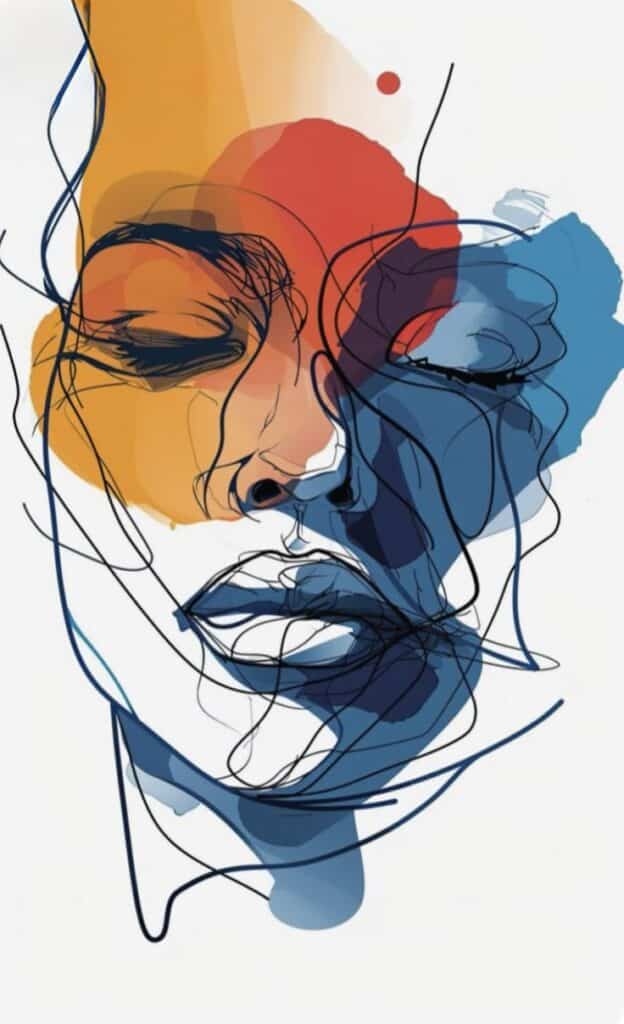
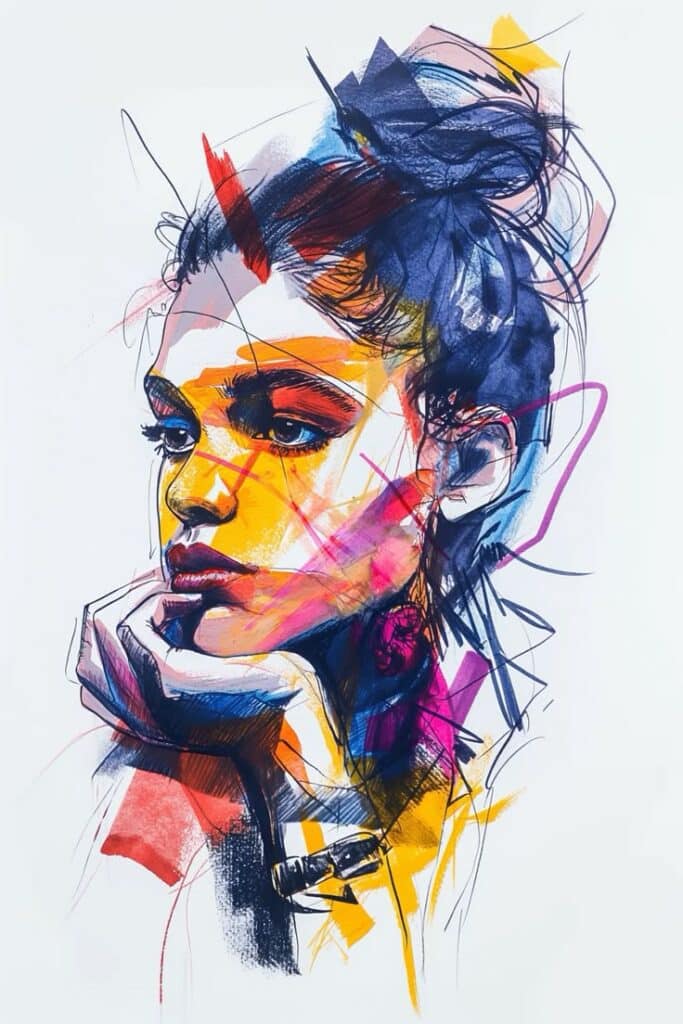
Online challenges like Inktober, Draw This In Your Style, and 30-Day Drawing Challenges push artists to create regularly. These challenges often have daily prompts that encourage experimenting with subjects and techniques.
Participating in challenges helps build discipline and expands artistic range. Artists share their work with specific hashtags, gaining feedback and joining a supportive community.
These challenges also expose artists to different styles and ideas, encouraging growth beyond their comfort zones.
Overcoming Creative Block
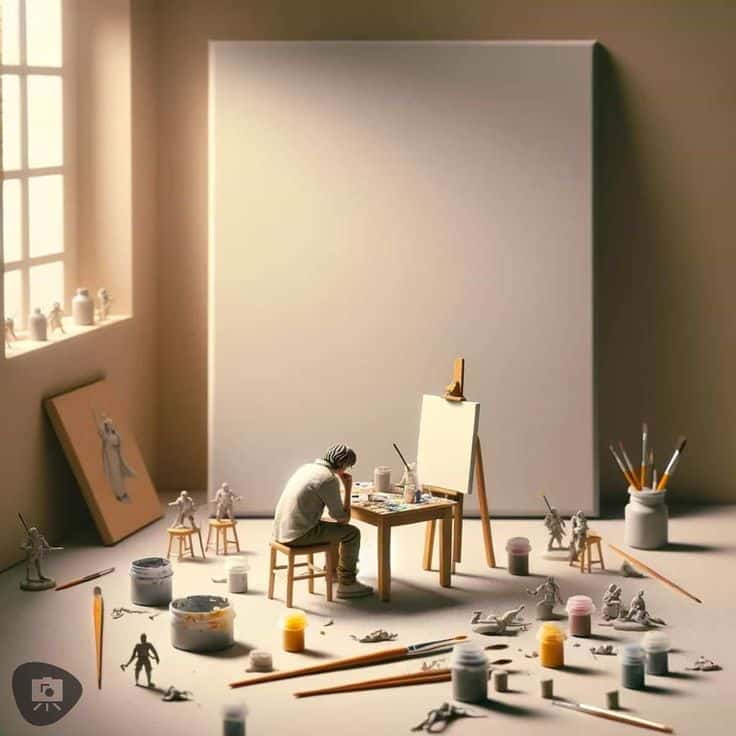
Creative blocks happen when ideas stop flowing. Changing small habits, trying new challenges, and breaking work into smaller steps are effective ways to get past these blocks.
Routine Changes
Changing daily habits can help restart creativity. Instead of drawing at the usual time or place, trying a new environment can bring fresh ideas. For example, sketching outside or in a café might spark inspiration.
Adjusting the time spent drawing also matters. Shorter sessions with breaks can prevent burnout. A different warm-up routine, like quick doodles or using unfamiliar tools, can help the mind loosen up.
Small shifts in routine make the brain see drawing differently, which can break the cycle of creative block.
Art Prompts
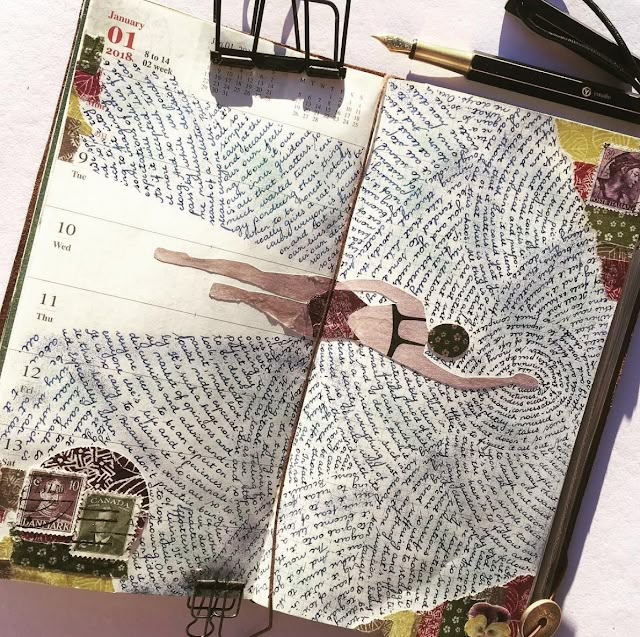
Art prompts give clear starting points when ideas feel stuck. These can be simple themes like “a rainy day” or challenges such as “draw with your non-dominant hand.”
Using prompts removes the pressure of choosing what to draw. It forces the artist to focus on execution instead of idea generation. Prompts can be found online, in books, or created by others.
Trying different types of prompts, such as storytelling, abstract concepts, or daily drawing themes, helps keep the process fresh and encourages new skills.
Setting Achievable Goals
Setting small, clear goals can make drawing less overwhelming. Instead of aiming to finish a big piece in one session, breaking it down into steps works better.
Examples include focusing on just the face in one sitting, then coloring later. Or practicing a specific skill for 15 minutes a day.
Achievable goals provide a sense of progress and motivate continuing. Tracking improvements over time shows growth and helps maintain confidence during creative slumps.
Developing a Personal Inspiration Library
A personal inspiration library helps artists keep track of ideas and images that spark creativity. It involves organizing items visually and keeping a written record to revisit sources easily. Both visual and written methods support regular creative growth and new ideas.
Creating Mood Boards
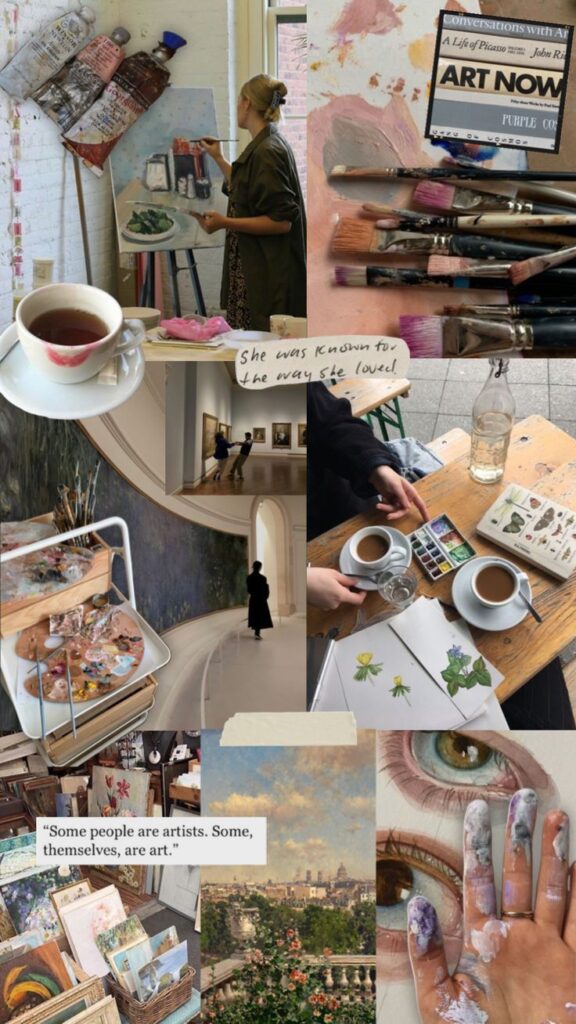
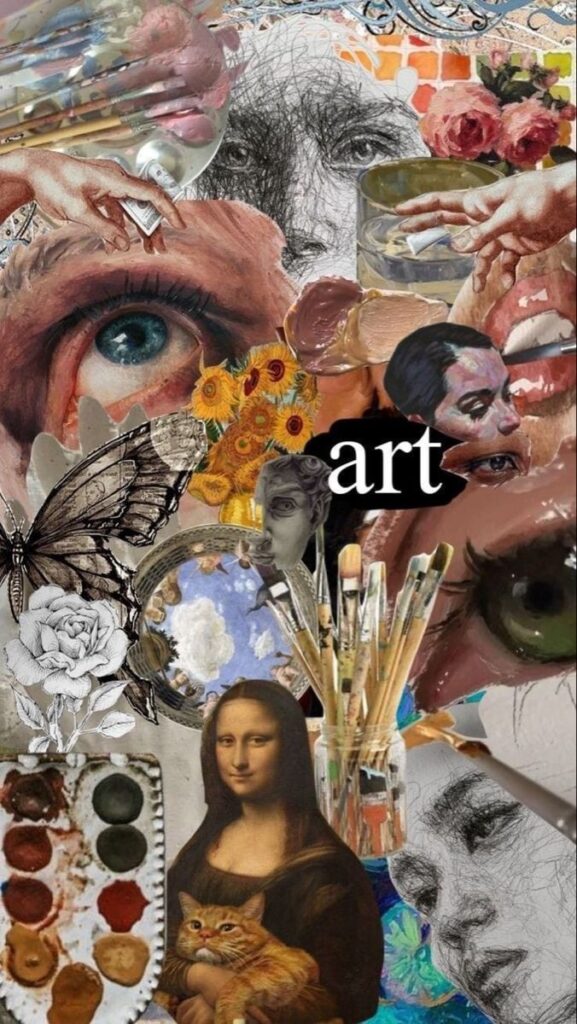
Mood boards gather images, colors, and textures that reflect a specific feeling or project theme. They can be made physically with paper and glue or digitally using apps like Pinterest or Canva. The key is to choose items that clearly show the mood or style desired.
Mood boards help artists see how different elements work together. They can include photos, fabric samples, sketches, or color swatches. Grouping these lets artists spot patterns and inspirations that can guide their drawing projects moving forward.
Maintaining Visual Journals
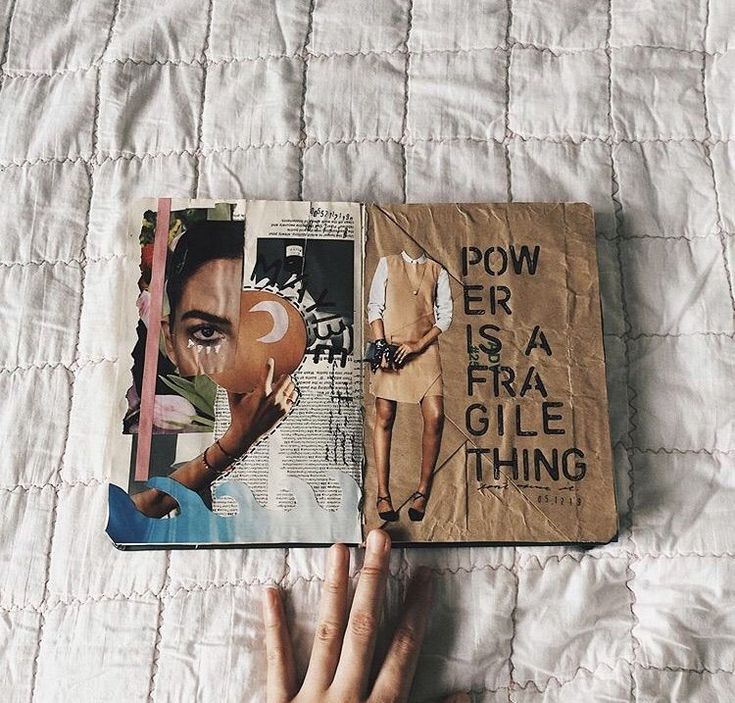
Visual journals are notebooks for sketches, quick notes, and ideas linked to inspiration. Artists use them daily or weekly to capture thoughts or images before they are forgotten. These journals work like a personal resource to return to when starting a new drawing.
Keeping a visual journal encourages practice and experimentation. It can include doodles, color tests, or collages made from magazine clippings. Regularly adding to the journal builds a strong collection of ideas that relate directly to the artist’s evolving style and interests.
Sustaining Long-Term Artistic Inspiration
Maintaining artistic inspiration over time requires active effort and smart strategies. Artists benefit from continually expanding their skills and inviting outside opinions to keep their work fresh and growing.
Continuous Learning
Artists stay inspired by always seeking new knowledge. Trying different drawing techniques or exploring other art forms can reignite creativity.
Learning doesn’t have to involve formal classes. Watching tutorials, reading books, or attending workshops can introduce new ideas.
Setting small goals like mastering shading or perspective helps artists track progress. This keeps them motivated and challenges their skills.
Changing the environment, such as sketching outdoors or visiting galleries, also feeds new inspiration. New sights and experiences often spark fresh ideas.
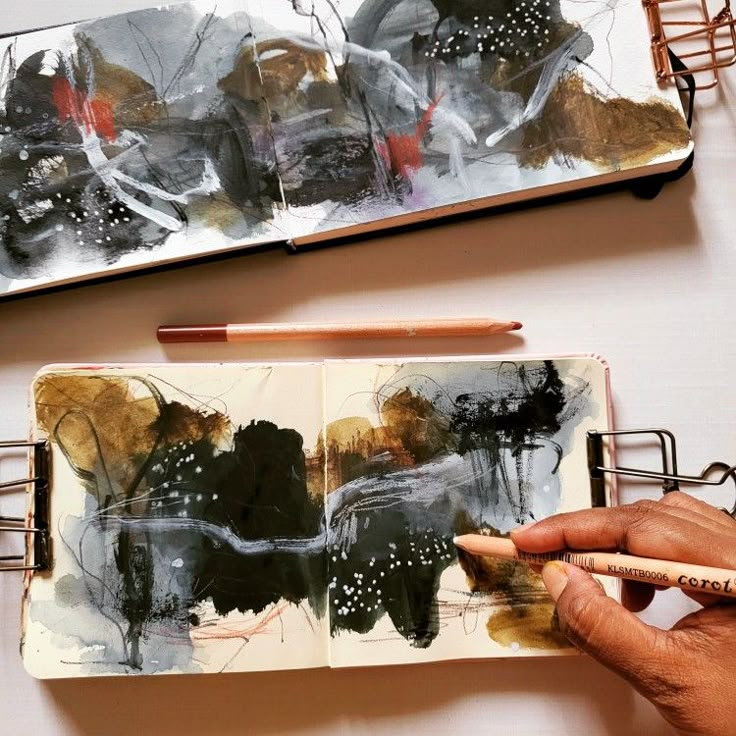
Seeking Feedback and Critique
Getting feedback is crucial for long-term growth. Honest opinions help spot strengths and weaknesses in an artist’s work.
Artists should look for feedback from trusted people who understand art. This could be teachers, peers, or online communities.
Constructive criticism can guide improvements and push an artist out of comfort zones. It prevents creative stagnation.
Creating a regular habit of sharing work invites continuous input. An artist gains new perspectives and stays connected to the art community.
- 51shares
- Facebook0
- Pinterest51
- Twitter0
- Reddit0
